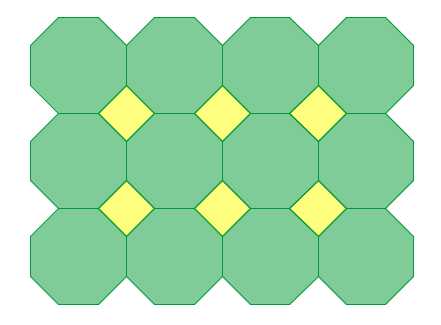Paper Folding: How to Construct an Equiangular Triangle
Paper folding or origami can be used to create intricate and stunning designs. In addition, paper folding can also be used to teach or learn mathematics. In this post, we use a square piece of paper to construct an equiangular triangle. After the construction, we prove that the triangle is equiangular.
Steps in Constructing an Equiangular Triangle
1. Cut a square piece of paper. For the sake of discussion, we label the square ABCD.
2. Fold at the center so that AB coincides with CD . Crease well, then unfold.
3. Select vertex and fold so that A falls on the center line and the crease passes through D. Unfold. » Read more

